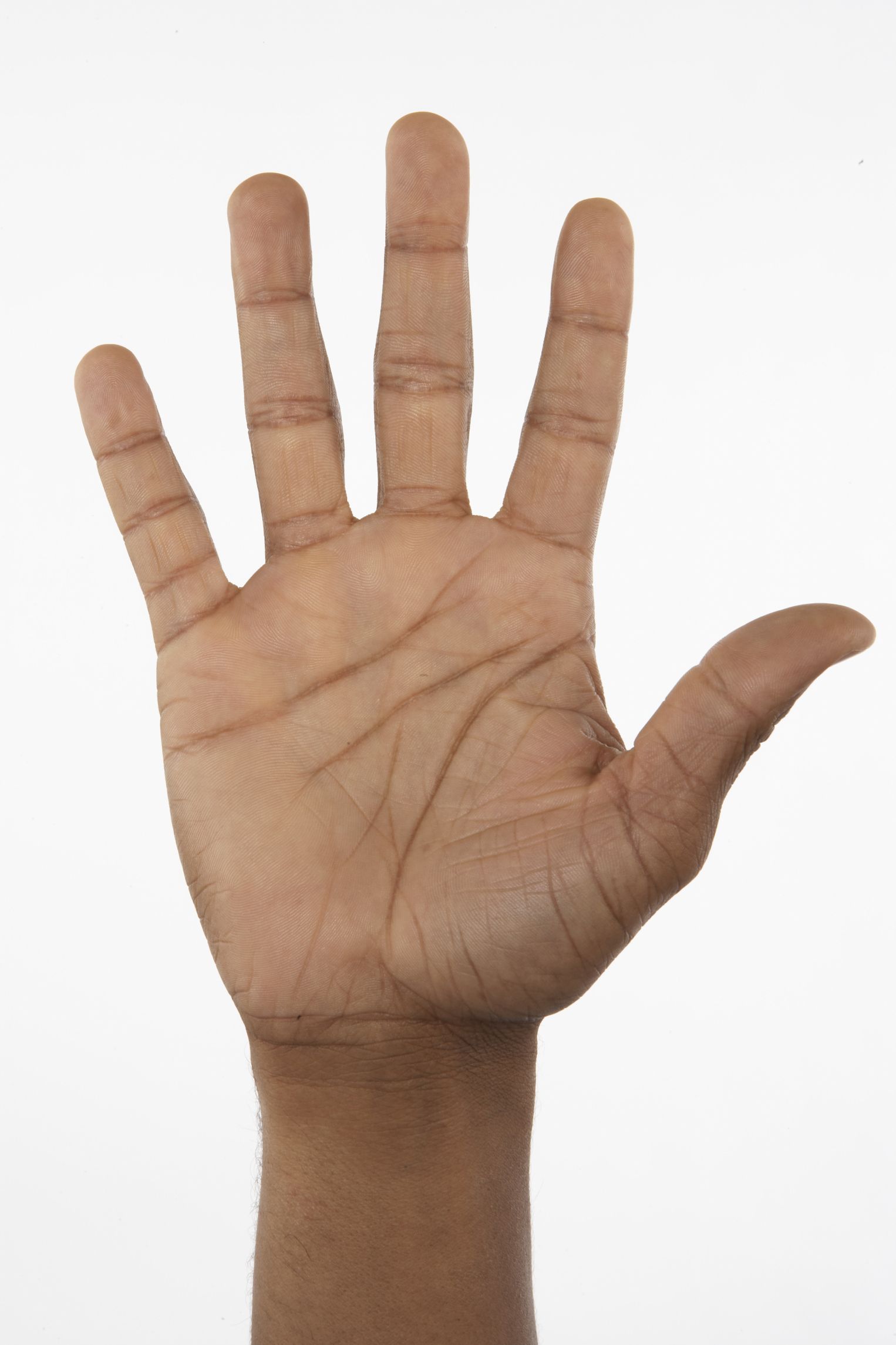
Measuring units have always been tied to the human body. The ancient Cubit is said to be the length of a human forearm. A Stremma is the amount of land a person could plow in a day. A League is the distance a human could walk in one hour. Koku is the amount of rice needed to feed one person for an entire year. A Fathom is the length of a person’s outstretched arms, fingertip to fingertip. Digit is the length of a human finger. A Span is the width of a human hand from the tip of the thumb to the end of the pinky. An Inch is the length of a thumb and the Foot is … well … the length of a human foot. However, human bodies are not consistent, so over time these measures were standardized. The ways we measure are imbedded in the ways we think and have an enormous impact on the things we make. Today it can seem like the world is getting more impersonal and dehumanizing. There is something comforting when you realize at a fundamental level that the deep structure of our understandings is still rooted in the human experience.
Take a look at the palm of your hand. You may be looking at the world’s first calculator. Almost all of us learned how to count using our fingers. Unless you had an unfortunate accident, you have 10 digits. It makes perfect sense that the number 10 has had a great influence on the development of math and how we count and calculate today. However, what about the number 12? Why do we divide the year into 12 months, the clock into 12 segments, a foot into 12 inches and count items in dozens? I recently heard a theory that was fascinating and seemed to “add up.” Take a look at your hand again and bend your fingers slightly. You will notice that each finger has three distinct sections. Utilizing your thumb as a pointer you can use these sections in your four fingers to count up to 12. Consider that the two primary ways we count and make calculations today, the decimal and English system, may have been developed using the same instrument in two completely different ways.
